I am currently trying to do a magnetostatic FEM simulation and I want to mesh my geometry using GMSH. The geometry is shown below: in 
I create the geometry using FreeCAD and import into GMSH as a .STEP File. In GMSH I define 3 physical groups, resulting in the following script:
Merge "yoke_simulation.step";
Physical Volume("iron") = {1, 7, 9, 6, 3, 2, 4};
//+
Physical Volume("current") = {5};
//+
Physical Volume("air") = {8};
When I create the Mesh, I get the following result:

The problem is that GMSH seems to be creating a seperate mesh for each body without connecting these meshes with one another. If one looks at the region between the two cones for example, it is evident that the mesh of the two cones is not connected to the mesh of the air:
How can I get GMSH to create a single, connected mesh for all bodies?